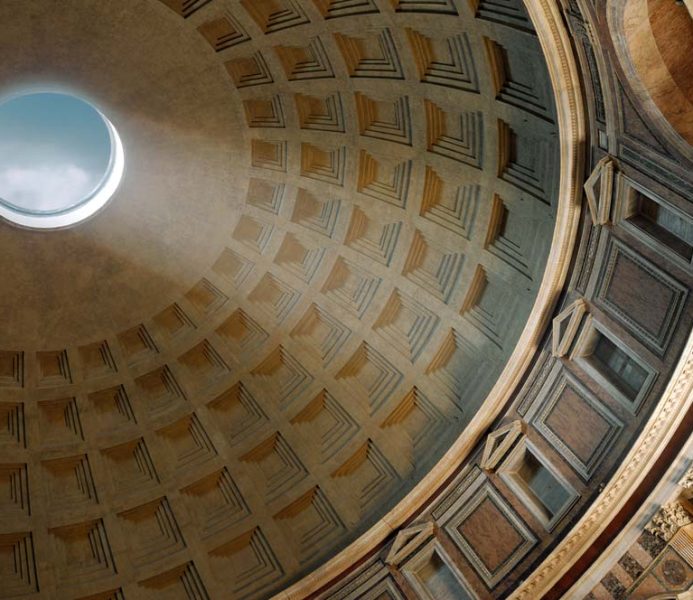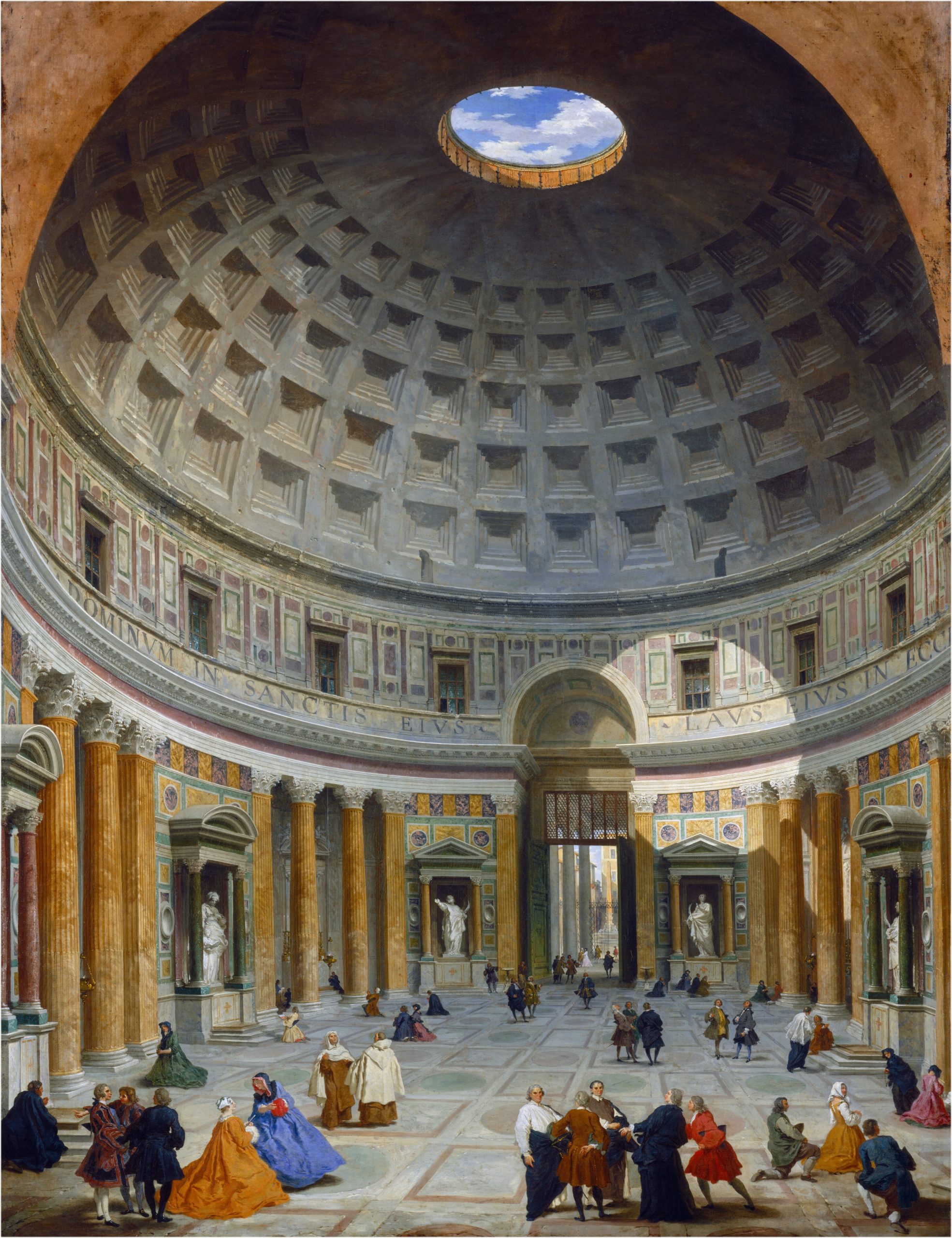The world’s largest unreinforced concrete dome, Pantheon, an ancient marvel, illuminates the Emperor’s entrance on the customary birthdate of the Roman Empire.

The Pantheon, a masterpiece of ancient Roman architecture, stands as a testament to the ingenuity and craftsmanship of the ancient world. Built nearly 1,900 years ago, this iconic structure features the world’s largest unreinforced concrete dome, a marvel of engineering that continues to inspire awe and admiration to this day. But perhaps even more remarkable than its architectural achievements is the Pantheon’s connection to the traditions and rituals of the Roman Empire, particularly its association with the traditional date of the empire’s birth on 21 April.
Situated in the heart of Rome, the Pantheon was originally commissioned by Marcus Agrippa during the reign of Emperor Augustus in 27 BC. However, the structure that stands today is largely the result of a reconstruction effort undertaken by Emperor Hadrian around 126 AD. It is believed that the original purpose of the Pantheon was as a temple dedicated to all the gods of ancient Rome, as suggested by its name, which means “temple of all the gods” in Greek.

One of the most striking features of the Pantheon is its magnificent dome, which spans an impressive 43 meters in diameter. Constructed using a revolutionary technique involving the use of lightweight concrete, the dome remains the largest of its kind in the world. What makes this feat of engineering even more impressive is that the dome is unreinforced, relying solely on the compressive strength of the concrete to support its weight—a testament to the skill and innovation of ancient Roman builders.
But perhaps the most intriguing aspect of the Pantheon’s design is its relationship to the movement of the sun. At noon on 21 April, the traditional date of the birth of the Roman Empire, a remarkable phenomenon occurs: the sun’s rays penetrate the oculus, or opening, in the dome and align perfectly with the entrance doorway. As a result, the interior of the Pantheon is bathed in a shaft of sunlight, illuminating the space in a breathtaking display of light and shadow.

This alignment is no accident; rather, it is a deliberate architectural feature intended to highlight the significance of the date and pay homage to the power and authority of the Roman Emperor. As the ruler of the empire, the Emperor was often associated with the sun god Apollo, and the alignment of the sunlight with the entrance of the Pantheon served as a symbolic representation of his divine right to rule.
For the Emperor entering the Pantheon on this auspicious day, the sight of the sun’s rays streaming through the oculus would have been a powerful affirmation of his authority and status. It was a moment of grandeur and spectacle, designed to evoke awe and reverence among all who witnessed it.

Today, the Pantheon continues to be one of Rome’s most iconic landmarks, attracting millions of visitors from around the world each year. Its timeless beauty and remarkable engineering continue to inspire admiration and fascination, while its connection to the traditions and rituals of the ancient Roman Empire serves as a reminder of the enduring legacy of one of the greatest civilizations in history.
In conclusion, the Pantheon stands as a testament to the architectural and engineering achievements of the ancient Roman Empire. Its magnificent dome, the largest unreinforced concrete dome in the world, is a marvel of ingenuity and innovation. But beyond its architectural significance, the Pantheon’s alignment with the sun on the traditional date of the Roman Empire’s birth serves as a powerful reminder of the empire’s grandeur and the divine authority of its rulers.










